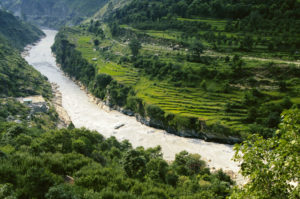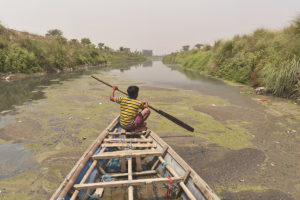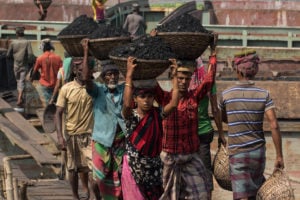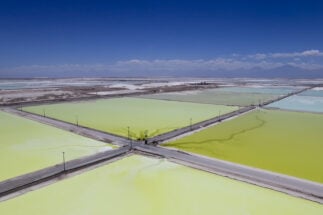The dramatic drop in air pollution after large swathes of South Asia shut down in response to Covid-19 was short-lived. Newly clean skies in cities from Peshawar to Guwahati stirred hope that action on South Asia’s lethal air pollution was possible. But as lockdowns eased, pollution levels crept back up.
Now experts warn that bad air could worsen the spread and severity of the coronavirus pandemic this winter as South Asia descends into its annual smog season. Pollution levels peak every autumn and winter, when agricultural waste burning, industry, vehicle fumes and brick kilns combine to create a toxic soup.
Bangladesh, India, Nepal and Pakistan have overtaken China and become home to the most polluted cities in the world. Millions of people die every year from breathing in poisonous air, with life expectancy cut by five years on average. This rises to more than eight years in the most polluted areas of northern India.
See: Toxic smog: the new normal in South Asia.
But governments have failed to act. In India, activists have rejected the government’s National Clean Air Programme as insufficient. While some real-time data is available in India, cities in Bangladesh, Pakistan and Nepal still lack basic equipment for monitoring air pollution, let alone a robust strategy to address the sources.
Evidence of pollution and Covid-19 links
Emerging studies, currently undergoing peer review, suggest that long-term exposure to air pollution before the pandemic is associated with severe symptoms from Covid-19 and a greater risk of death.
Academics at Harvard University looked at fatalities from the virus and historic levels of dangerous particulate matter, known as PM2.5, across the US. They found that high levels of particulate pollution in the years before the pandemic were associated with an 8% rise in Covid-19 death rates. Another study in the Netherlands found that a small increase in exposure to pollution raised the death rate by up to 21%, though the World Health Organization (WHO) said the methodology used and the results would need to be evaluated and overall, more data is needed to understand the way air pollution can affect the development of the disease.
While the evidence from South Asia is still scarce, public health experts in India are echoing the warning given by the WHO and calling on the government to take immediate action.
“Our worst fears are that as the winters arrive and air pollution rises this could compound the Covid-19 situation. Already our health infrastructure is under tremendous stress,” said T.K. Joshi, health expert at India’s Central Pollution Control Board and member of the prime minister’s Covid-19 task force.
Speaking about the connection between air pollution and the pandemic at a webinar organised by WWF India, Joshi said, “The quality of air has a bearing on a person’s immunity. Air pollution is definitely going to make the situation worse.”
India has been hit very hard by the pandemic, with the second-largest number of cases in the world after the US and its case load rising by around 70,000 a day at the beginning of October. After malnutrition, the WHO has identified air pollution as the country’s most severe public health risk.
“The double whammy of poor air quality and exposure to the virus will certainly aggravate the existing public health crisis in India,” said Poornima Prabhakaran, an epidemiologist and deputy director of the Centre for Environmental Health, Public Health Foundation of India (PHFI).
“The health effects of poor air quality are well-known and are significantly worse in vulnerable populations including extremes of age, pregnant women and those with pre-existing comorbidities. Chronic exposure to deteriorating air quality every year results in compromised lung function in exposed populations. These individuals are therefore likely to be more vulnerable in a pandemic,” she explained.
Among the first patients hospitalised with Covid-19, pneumonia, sepsis, respiratory failure and acute respiratory distress syndrome were reported as the most frequent complications.
Other studies suggest high levels of particulate pollution in the air increases Covid-19 transmission. Arun Sharma, director of the University of Delhi’s College of Medical Sciences, said, “High concentration of PM2.5 and PM10 (particulate matter of 2.5 micrometres or less, or 10 micrometres or less) provides more particle surfaces for the virus to stick to and get transported over greater distances.” The virus can also potentially survive longer when attached to pollutants.
Sharma said, “It is clear that while authorities are battling the pandemic, they cannot push tackling the air pollution crisis to a later day. The two are intricately related and impact public health at large.”
What action?
In early October, air quality in Delhi slipped to the ‘poor’ category for the first time in three months. The government defines this as a level that “may cause breathing discomfort to people on prolonged exposure and discomfort to people with heart diseases with short exposure.”
The deterioration was partially due to farmers upwind setting rice and wheat straw on fire to clear their fields for the winter crop. In an average year, during the two to three autumn weeks when stubble burning is at its peak, it accounts for around 20% of PM2.5 concentration in Delhi. It is a much-discussed problem. But in the absence of viable alternatives to get rid of the straw, farmers have little choice, as pointed out by Pallavi Pant, an air quality scientist at the US-based Health Effects Institute (HEI). Authorities responded by banning the use of diesel generators around India’s capital and using water cannons to tamp down dust.
Pollution was just as bad over much of the Indo-Gangetic plains. But in the absence of an effective air quality monitoring network, most people are unaware of the risks.
Tanushree Ganguly, air quality researcher at the Council on Energy, Environment and Water (CEEW), outlined the main steps authorities should take. These include developing inventories to identify pollution sources and design effective responses; expanding continuous air quality monitoring networks countrywide; encouraging public transport and adding teeth to the existing clean air plans for cities by setting legally mandated timelines and emission-reduction targets. CEEW also calls for old and inefficient coal-fired power plants to be decommissioned by 2024.
Rural women most vulnerable
As the pandemic spreads to rural areas, women may be particularly at risk. Studies have shown women in rural areas are vulnerable to air pollution because many still use biomass like fuelwood or animal dung for cooking. Recent research from the World Bank has found a positive link between Covid-19 fatality rates and exposure to household air pollution.

Pant, of HEI, similarly stressed the importance of mask wearing and social distancing, adding that “It’s harder to control pollution in one season [than Covid-19 transmission].”
Pakistan braces for second wave
Pakistan hasn’t been hit as hard by Covid-19 as India so far, but health officials warn that it could soon experience a second wave. The reproduction rate of the virus (R value) is now over one in cities like Lahore and Faisalabad and a staggering four in Quetta.
Most of Pakistan has the same air pollution problem as northern India, so runs the same risk.
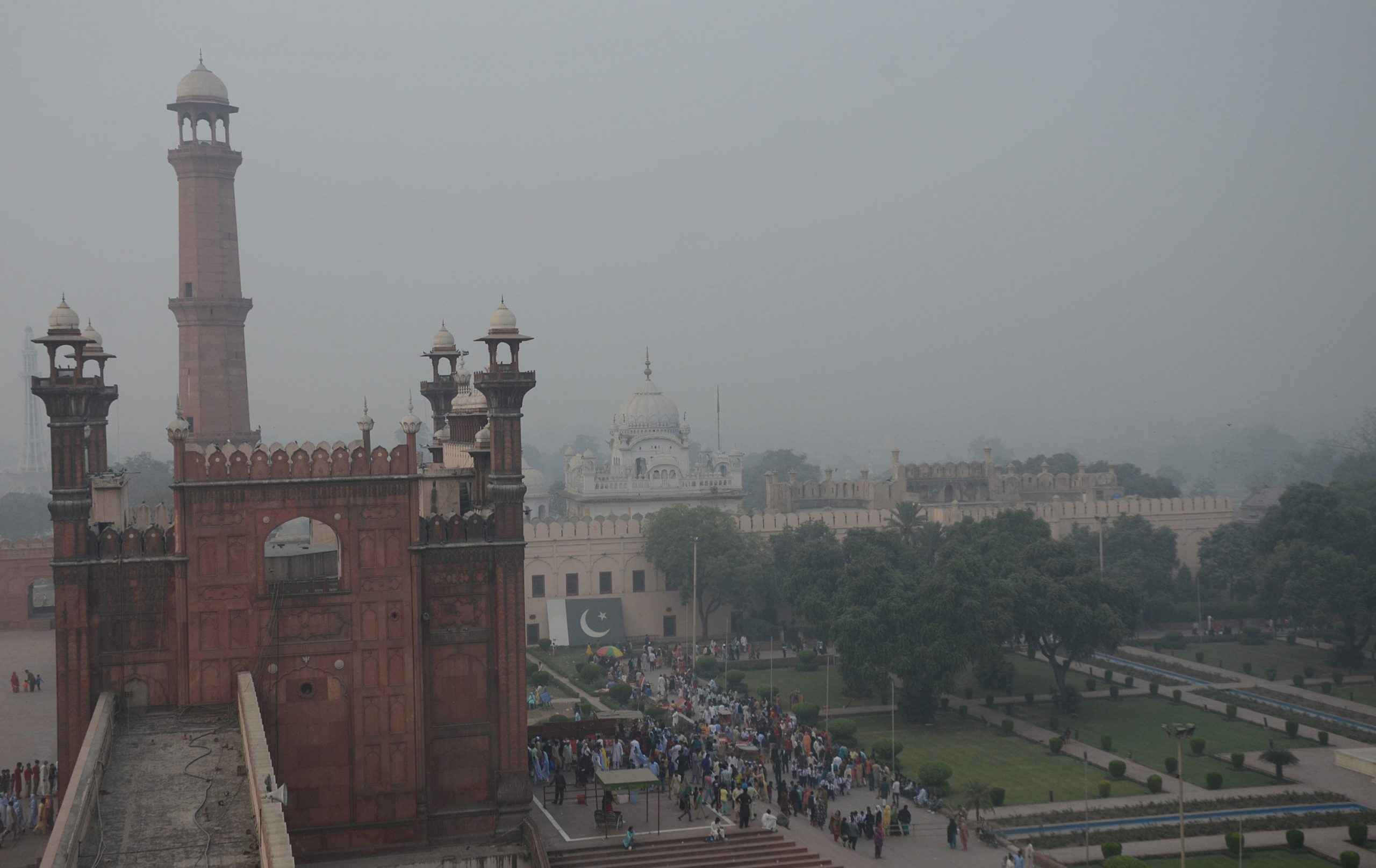
Air pollution is responsible for nearly 22% of premature deaths in the country and air pollution-related illness costs about 2.5% of GDP a year, he said.
Ahmad Rafay Alam, an environmental lawyer and activist, said, “The smog season will make Covid-19 symptoms and recovery much, much more severe.”
Many cities in Pakistan do not even collect or report air quality data. This is the first crucial step to tackling pollution.
See: Frogs in smog: air quality in Lahore
“[The government] should first make credible data available from all the provinces, major cities with source segregation. This means operational and functional equipment to measure pollutants and technically qualified staff to take and analyse readings,” said Aisha Khan, head of Civil Society Coalition for Climate Change in Pakistan.
Alam called on the government to shift from fossil fuel energy to renewables, crack down on polluting industries such as cement and steel, improve fuel quality to minimum Euro IV and upgrade old vehicles. “The best thing to do in the short term is to invest in masks and distribute them,” he said, while criticising the government’s response to the pandemic.
There is some hope in recent government pledges to seek a green recovery and stimulus programme post-Covid-19. “Investing more in renewable energy, electric vehicles and low-carbon technologies will not only fight climate change, but also help prepare countries to deal with such epidemics and pandemics in the future,” said Gul of Green Box.
Nepal – no research, no plan
Nepal’s capital Kathmandu is one of the most polluted cities in the world. Winters are particularly bad, as the surrounding mountains trap pollutants in the bowl-shaped Kathmandu valley.
The initial lockdown in Kathmandu helped to clean the city’s air. However, with the end of the monsoon, vehicles back on the roads and industries opening up, Kathmandu is a dust bowl again.
Air pollution experts worry the situation could become worse this winter. But indoor pollution is the big concern. “What we can say is that cities like Kathmandu are congested with low ventilation, polluting fuels used in kitchens and lack of proper heating systems, which would make the situation worse in this winter amidst the pandemic,” said Bhupesh Adhikary, senior air quality specialist at the International Centre for Integrated Mountain Development.
He added that emissions from residences are the biggest source of pollution in the eight Hindu Kush Himalayan countries. “We have to tackle emissions from the residential sector if we really want to improve air pollution and its exposure in our region,” he said.
The connection between air pollution and Covid-19 is not the radar of the Nepali authorities. “We have air pollution data, the ministry of health works on health-related data but there hasn’t been any discussion of joint research activities yet,” said Shanker Prasad Paudel, spokesperson at the Department of Environment.
But experts say air pollution should be a priority. “Increasing air pollution in winter months and the ever-increasing cases of Covid-19 should be of bigger concern for Nepal,” said Maheswar Rupakheti, research group leader at the Institute of Advanced Sustainability Studies in Germany, who works on air pollution in Nepal.
Lack of data raises risk
Across South Asia, the number of tests being conducted for Covid-19 is grossly inadequate, especially outside big cities. This comes on top of an equally inadequate air quality monitoring network. This absence of data in two crucial spheres may raise the pandemic risk in the region manifold.
Reporting by Soumya Sarkar, Zofeen Ebrahim and Ramesh Bhushal
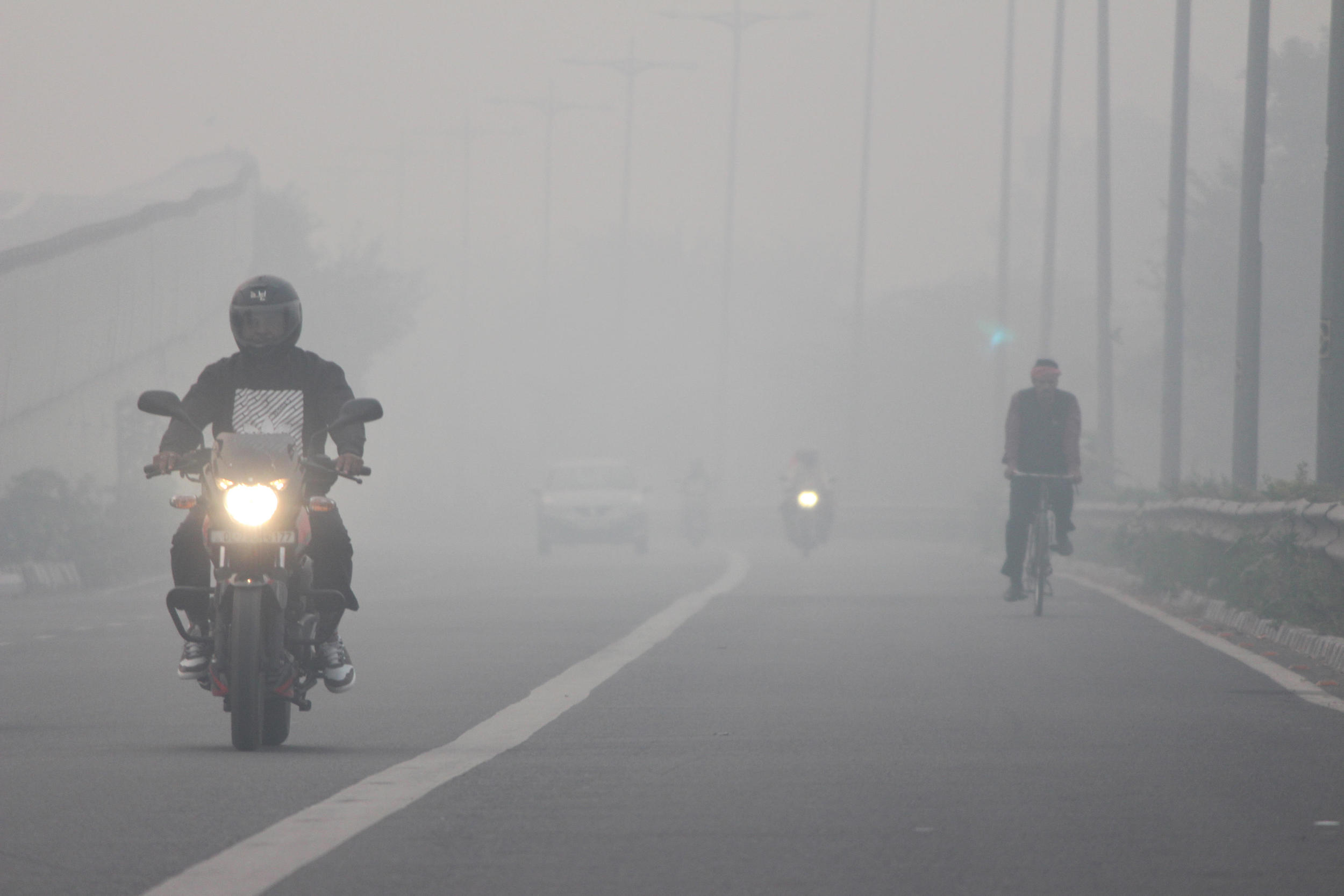

![Trillium, an important medicinal plant, is becoming increasingly hard to find in Kashmir [image courtesy: Akhtar H Malik, Kashmir University]](https://dialogue.earth/content/uploads/2020/10/Trillium_medicinal_plant_Arranged_from_Akhtar_H_Malik_a_botanist_of_Kashmir_University-300x225.jpg)

